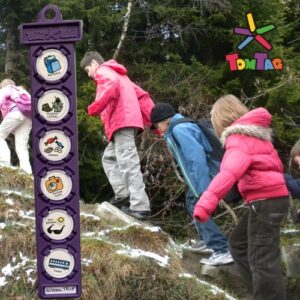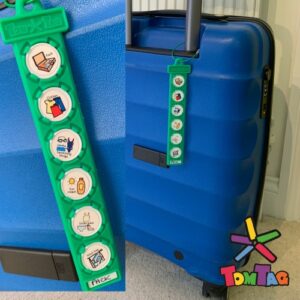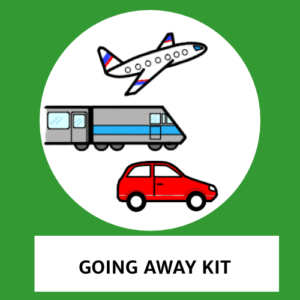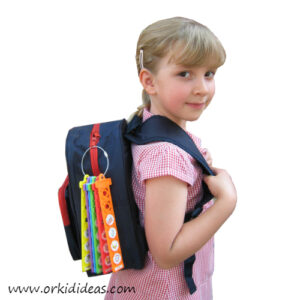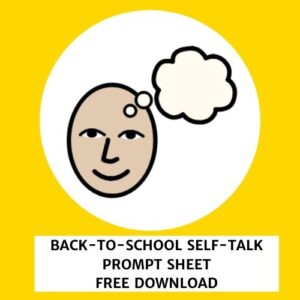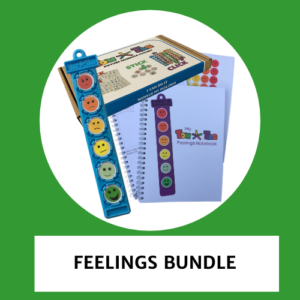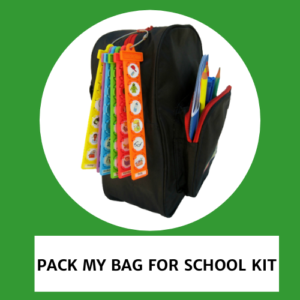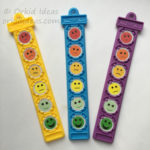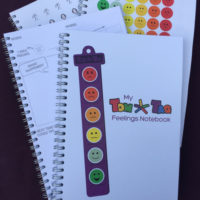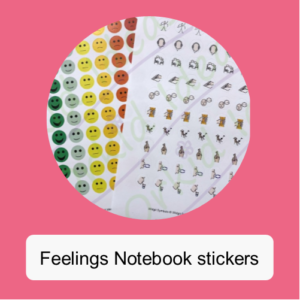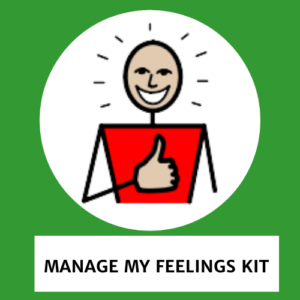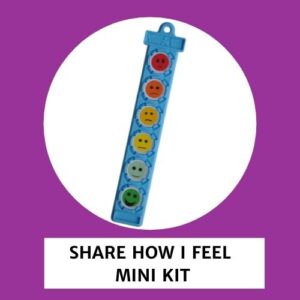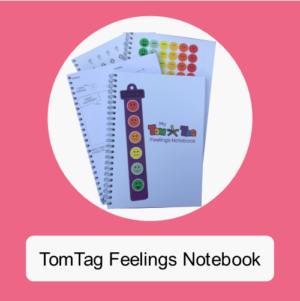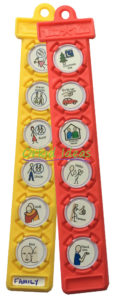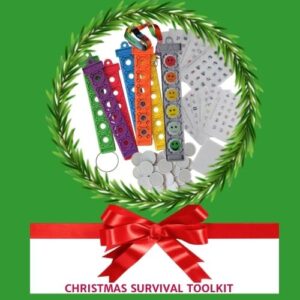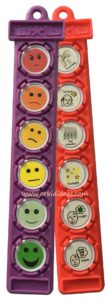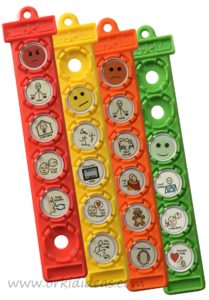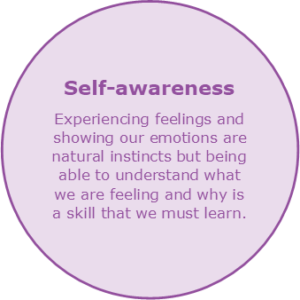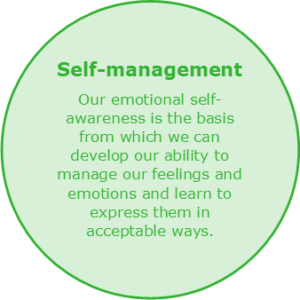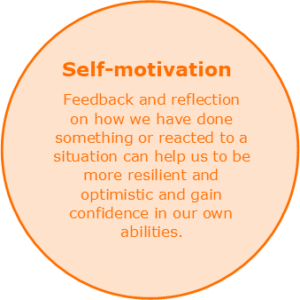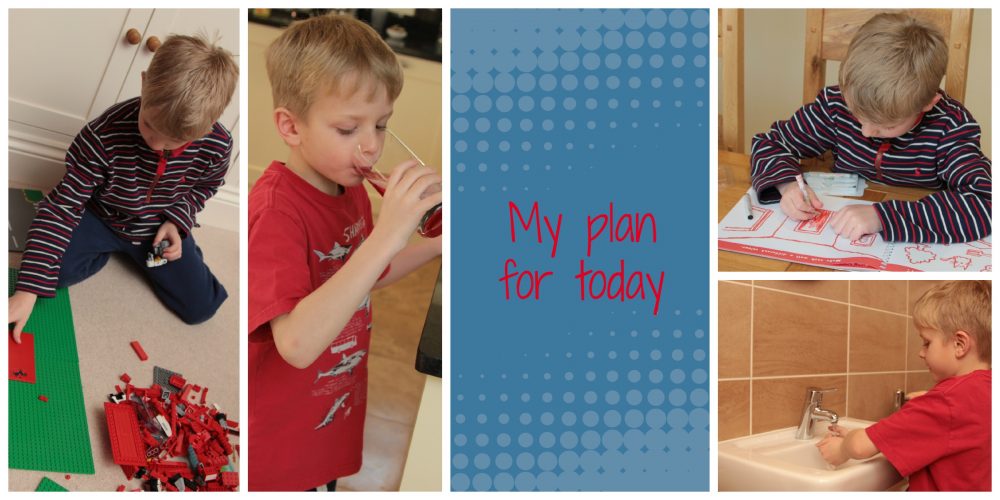
If you’re a parent of an autistic child, the chances are you have been advised to use a visual schedule at home. But where do you start and is it really worth the effort?
In this blog, we discuss the reasons why home visual schedules can help autistic children and how you can get started with using them.
Why should you use visual schedules at home?
Using a visual schedule at home will help to build a sense of consistency, predictability, and security
Visual schedules at home can help you to communicate to your child when activities or events will happen throughout the day.
They use a sequence of drawings, symbols, text or pictures to show what a child is expected to do.
The more children can anticipate what is happening, the safer and more secure they will feel.
Tips for creating home visual schedules
Here are some of the tips that we have taken from our Show me guide – visual timetables, Schedules and Routines.
We call it the TomTag 4 P’s approach!
Plan

Depending on your child’s developmental age, sit down each evening and try and plan out a rough schedule for the next day. Decide which activities for the day or part of the day you want to show. Choose the length of the schedule that you think will be appropriate for your child and adjust as necessary.
A simple daily visual schedule could include some education, fun activities and chill time (for them and you!) to help give some meaning and purpose to the day. If you’re interested in creating or using educational resources have a look at Twinkl and Education.com.
Try to replicate some elements of your child’s typical day. For example, encourage them to get dressed, brush their teeth, eat breakfast, etc. You could use a mini schedule to target these specific skills by breaking down a single activity into smaller steps.

Make sure the schedule includes things like bedtime, time for exercise and meals. You could also consider giving children a chore or job to do to help them feel useful. This could be as simple as clearing the table or putting away their clothes.
Setting aside time every day to do a family activity that you know helps everyone in times of stress is also important. This could be watching a movie or playing a game.
Worried about challenging behaviour?
Try starting with activities that your child usually does willingly. It makes sense to structure the day so that harder tasks are done first when children are likely to be more rested. After schoolwork or chores are complete you can follow with easier tasks as a reward for accomplishing the harder tasks.
Prepare
A home visual timetable or schedule doesn’t have to be complicated– a simple written, maybe colour-coded, chart pinned on the wall so your children can see it and refer to it will do the trick.
There’s lots of examples of visual schedules and timetables online to copy or download. For a quick and easy way to create home visual schedules our TomTag Primary Home toolkit or Early Years Home toolkit are great options.
Prompt
Most children will be used to seeing a visual timetable and prompts at school to show them what to expect during the day. Introduce a visual schedule at home using the following steps:
- Cue your child with a brief verbal instruction when its time for an activity to begin e.g. “check your schedule”
- Gently guide them to look at it or place it in their hands and prompt them to look at the next activity picture
- Using the least amount of words, describe the activity e.g. get dressed
- Help them do the activity or model how to do it.
- Praise them for completing the activity
- Cue them to check their schedule again so they can move smoothly onto the next activity.
- Fade the prompts once your child learns how to follow the schedule
Patience
Keep prompting, praising, and be patient!
It may take some time but it’s also important to acknowledge the pressure we’re all under. If the schedule goes pear-shaped, take a break and try again another time.
Helpful resources
Five Minute Mum is a great blog offering lots of ideas for keeping children occupied during the day.
Recommended TomTag products
Maybe you have a tip on how best to use visual schedules at home? Please get in touch or leave a comment below.

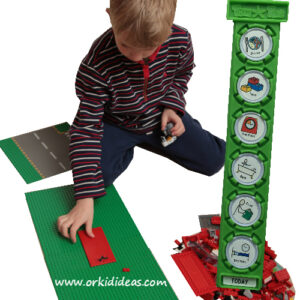

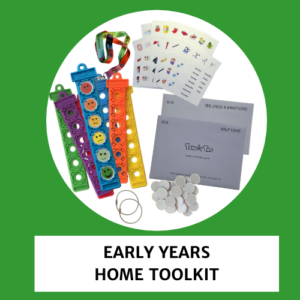

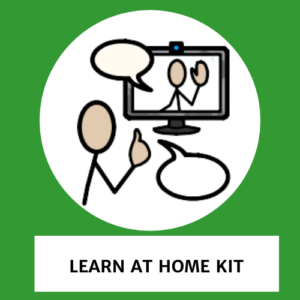
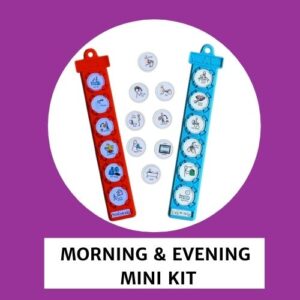
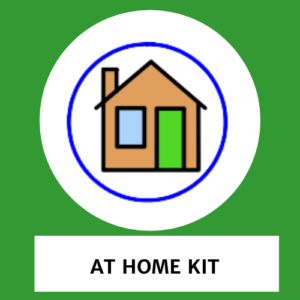
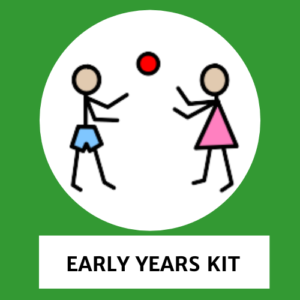



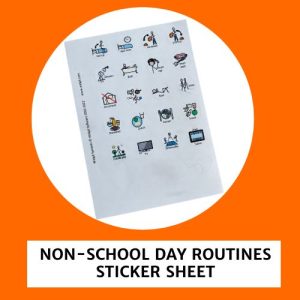
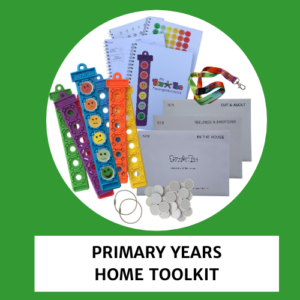
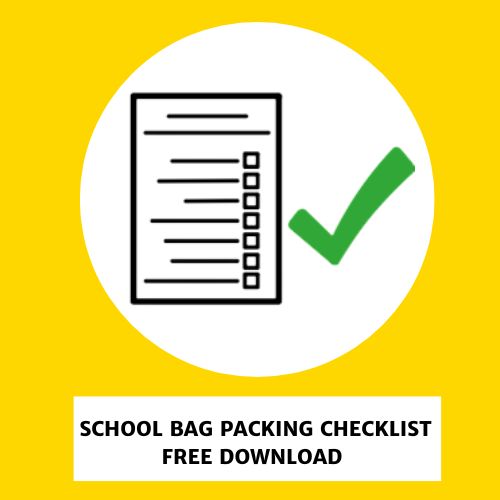


 Play the ‘What if’ game
Play the ‘What if’ game Hold a scavenger hunt
Hold a scavenger hunt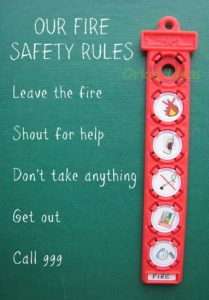 escape faster if you need to. Anyone can ask for a free
escape faster if you need to. Anyone can ask for a free 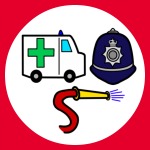 Make sure everyone knows the number for emergency services and try role-playing a call so that they know what they might be asked.
Make sure everyone knows the number for emergency services and try role-playing a call so that they know what they might be asked.
